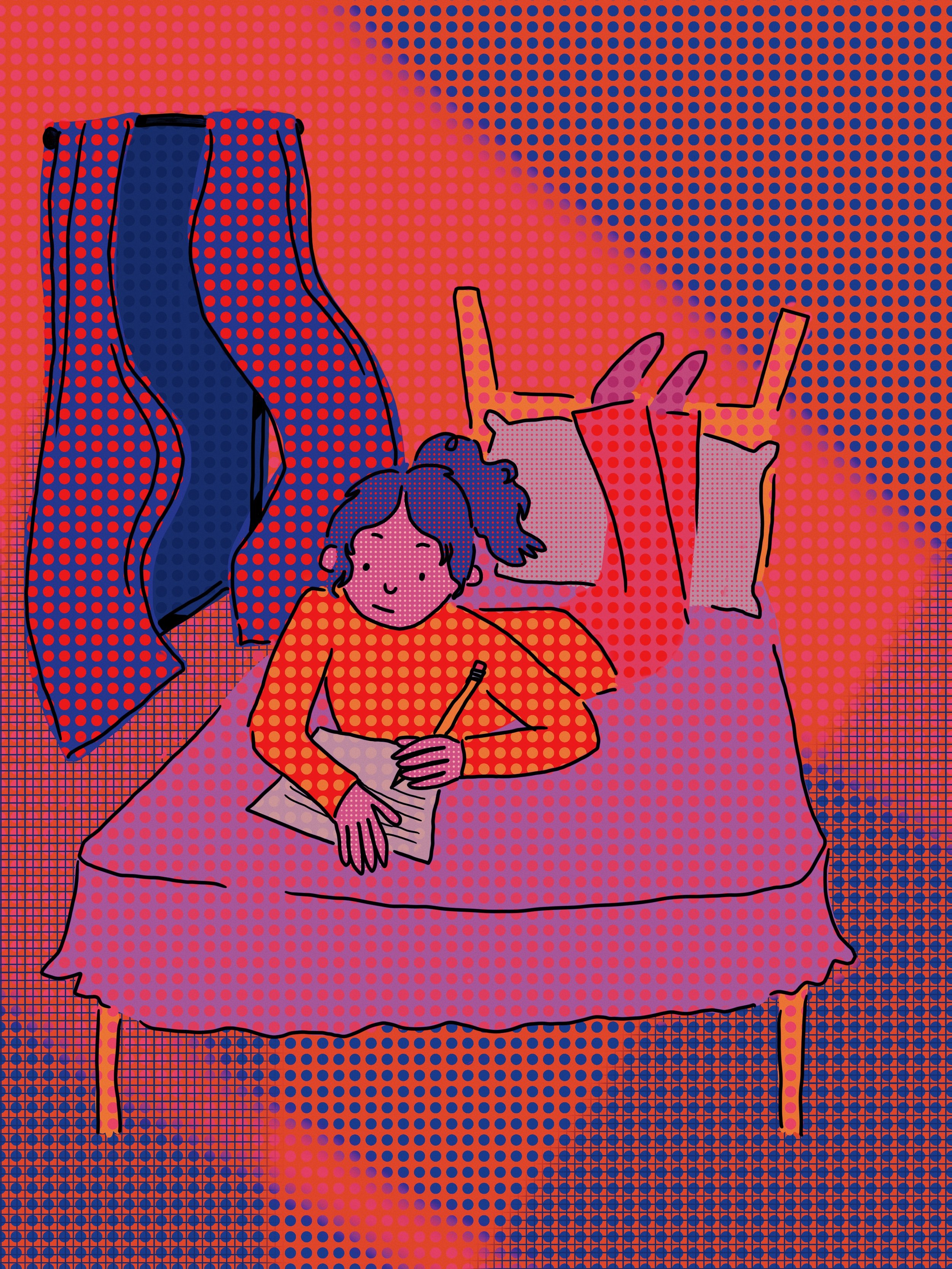Women in Literature: A Micro-Poetry Movement
In 2017, the world saw a resurgence of one most popular literary devices of all time — poetry. From the ancient Epic of Gilgamish to Shakespeare’s Sonnets to Robert Frost grew the work of people like Rupi Kaur, Amanda Lovelace, and Rudy Francisco — people who turned a market dominated by white, cis, straight men into one rich with diversity in both story and authorship.
Kaur’s #1 best-selling poetry book, “Milk and Honey” made headlines across the world, collecting an impressive array of both superfans and admonishers. While many regarded Kaur as a vanguard and role model, many criticized her writing style of choice. Her works utilize a kind of poetry recently dubbed “Insta Poetry” or micro-poetry. This kind of poetry hinges on short metaphors, love, humanity, and the aspects of human nature that unite us on a deeper level. It is written to be re-posted, brilliant in its simplicity which counters the classical verse, prose, sonnet, and epic structures we’ve seen previously up to this point. To many, though, Kaur’s 2017 collection wasn’t meant to be viewed as “real poetry.”
This battle for the validity of Kaur’s poetry extends beyond words on a page and even deeper than asking how we currently measure, define, or determine the legitimacy of art as a whole. That is a very different conversation. This is a fight against the dated ways in which we regard literature by and for women. There is a construct present in business, art, industry, culture, etc. in which the world hates everything women touch.
The poetry “greats” we study are, unsurprisingly, predominantly men (save the innovative and enterprising work of writers like Maya Angelou, Emily Dickinson, Sylvia Plath, and many unnamed women armed with pen and paper). While many may have critiqued or analyzed the work of male poets and classic pieces, the very basis of their art, the validity of their work, was never called into question. The moment the white man’s words are challenged by the monetary success of a woman of color in the 21st century, long-time academics of the art form decide that the “direction” poetry is going is no longer worth following.
Seeking to understand is one thing, invalidating an author on no real basis but prejudice and hate is another. Instead of grabbing bigger and bigger canons, let’s celebrate this resurgence of an ancient, beautiful art form, one that transcends barriers and systemic oppression.

